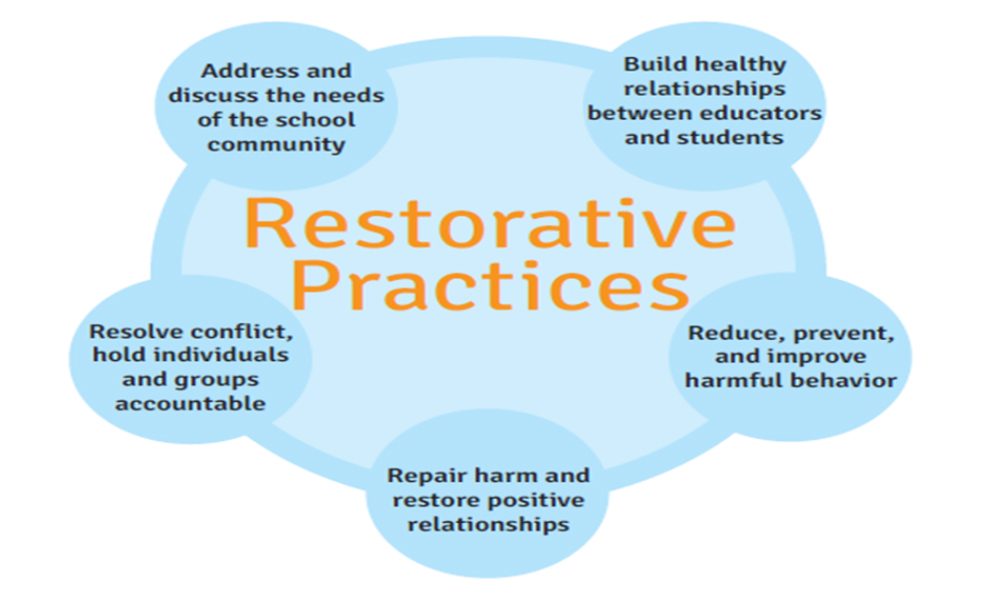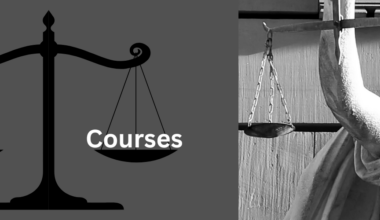The true suffering of the victims of the crimes is rightly reflected in the below-mentioned statement from President Gerald R. Ford to US Congress in 1975:
“For too long the law has centred its attention more on the rights of the Criminal than on the victim of Crime. It is expedient that we rectified this paradigm and prioritised victims and potential victims.”[1]

In this context, it should be acknowledged that a balanced methodology is expected when administering criminal justice. Neither penological dimension nor criminological dimension shall be granted unreasonable consideration by the court. While implementing criminal justice, the needs of both the community and the victim have to be addressed. The community is concerned with no more perpetration of crime. It undertakes the relevance of penology which includes coherent penalizing of the offender depending on the severity of the offence, offender’s roots, etc. This is therefore crucial that the victim shall not get ignored while the court inflicts penalty.
The victim’s welfare and that of his kin must always be secured. However, it involves two aspects namely,
- The fulfilment of his retribution
- Reimbursing for the suffering he endured
The fulfilment of his retribution combined with the public policy of administering appropriate penalty and further crime reduction mandates that the perpetrator undergo sufficient punishment. If this is not accomplished by the system, personal revenge will play that part by itself, thereby creating anarchy in the community. However, it is sceptical to presume that somehow the victims are receiving redressal by prosecuting the offender in the face of the diminishing conviction rate.[2] Even in scenarios where the offender’s sentence is reached, it cannot be concluded that the rights of the victim are being secured. The offender’s sentence on its own doesn’t meet the purpose of fairness. The predicament of the victim and his kin play a considerable part in processing true justice. They are always to be handled appropriately.
So, here the victimology and the interest of the victim gather significance. Victimology keeps a check upon the well being of the victim and his kin, a dimension that has been neglected back then.
Citing Krishna Iyer, J.,
“The fact that victims of crime and the grief of the victim’s dependents are not brought to the notice of the law is a flaw in our legal system. In reality, in our criminal law, victim compensation is still a receding spot.”[3]
Yet, lately, owing to the transition of the perspective the victim advocacy is gradually penetrating its way into the criminal justice system. Many states currently provide a code or policy for the protection of rights of the victims outlining the rights and responsibilities of state authorities regarding the handling of the victims through offering various ways of redress for severe injury including reasonable and uniform sums of reimbursement for specified injuries stemming from the potential criminal offence; and by offering a chance to submit a declaration regarding the impact upon the victim describing the damages incurred by the crime during sentence hearings, after conviction prior to sentencing. Therefore it inevitably leads to the idea of restorative justice.
[1] Ahmed Siddiqui, Criminology — Problems and Perspectives 504 (Eastern Book Company, Lucknow, 4th
Edition, 2007).
[2] N.R. Madhava (ed.), Victim Compensation Law and Criminal Justice: A Plea for a Victim-Orientation in
Criminal Law, 362-369 (Eastern Book Company, 2004).
[3] K.I. Vibhute (ed.), Justice to Victims of Crime: Emerging Trends and Legislative Models in India, 370-395
(Eastern Book Company, 1st edn., 2004).






